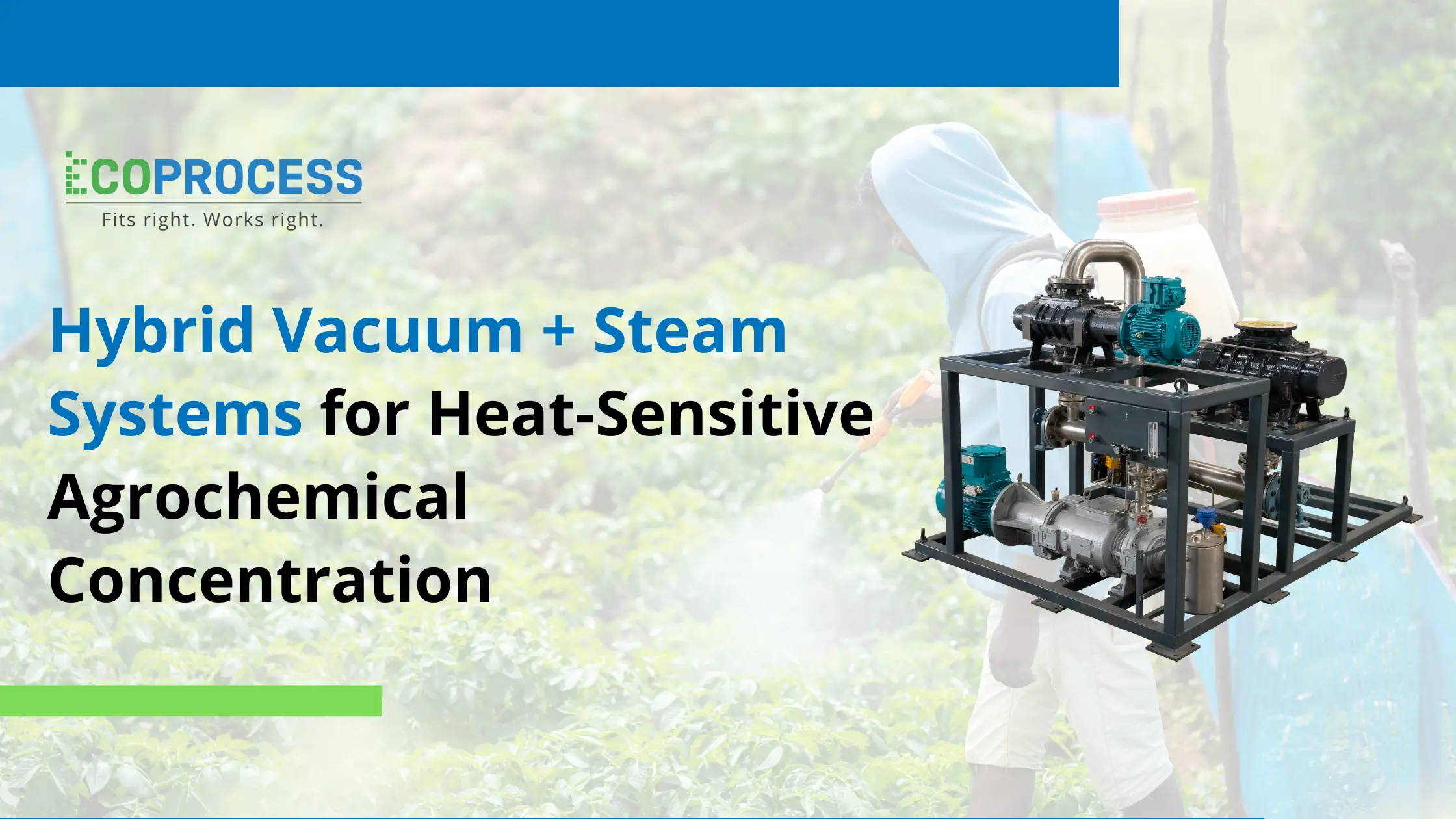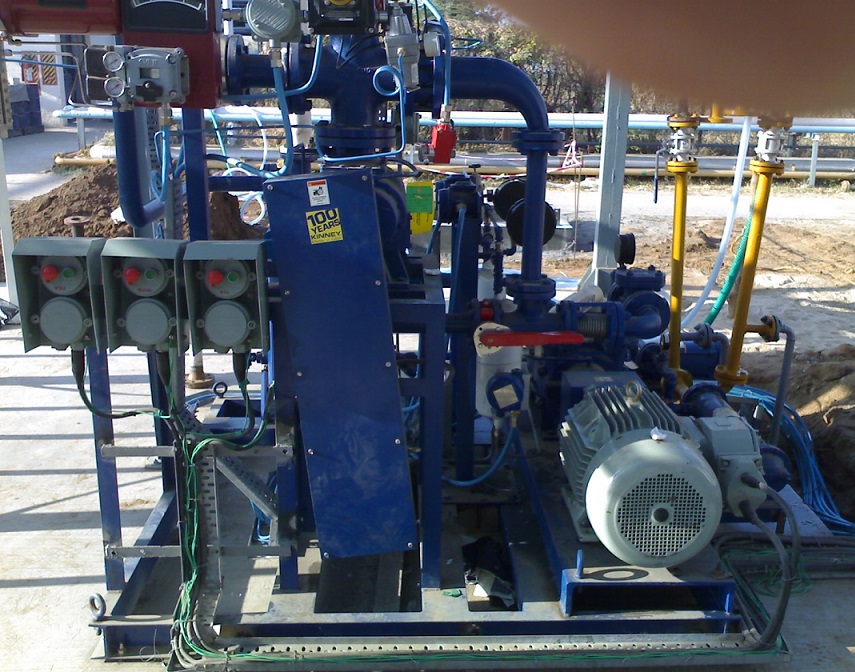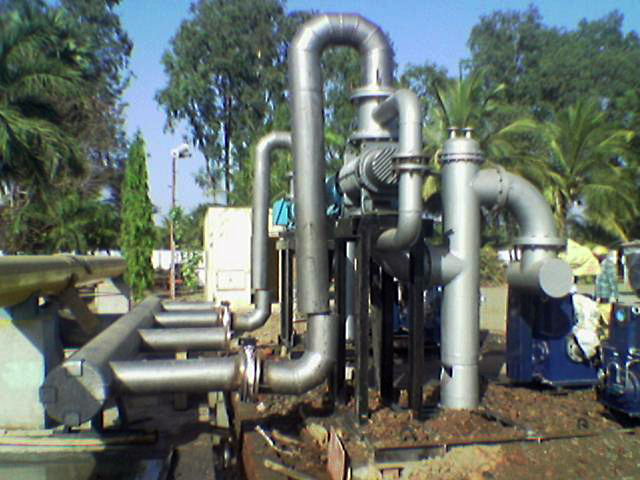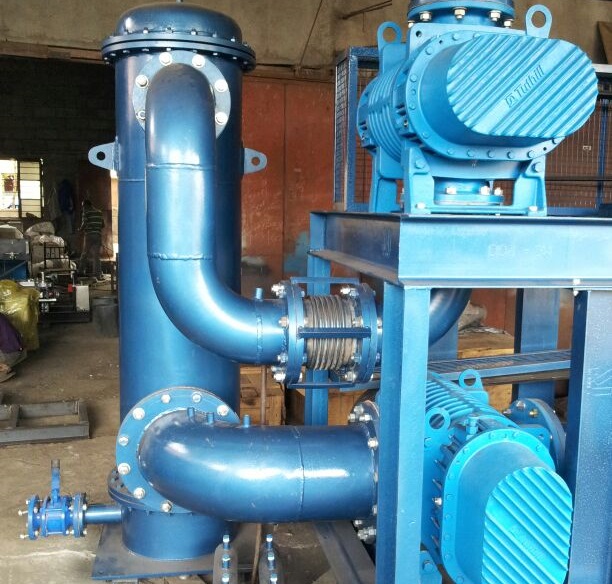
Debunking Myths: ATFD vs. Other Effluent Drying Technologies
Effluent management has become one of the toughest challenges facing modern industries, whether you’re in pharmaceuticals, textiles, or chemicals. With stricter environmental regulations and growing pressure to recover and reuse water, companies are rethinking how they handle liquid waste.
That’s where advanced drying systems come in. Among them, Agitated Thin Film Dryers (ATFDs) have earned a solid reputation for their efficiency, reliability, and ability to handle tough effluent streams. Yet, despite their growing popularity, there’s still a lot of confusion about how they really work and what they can achieve.
In this article, we’ll clear up a few common myths, unpack the real technical benefits, and compare ATFDs with other drying technologies so you can better understand how they fit into a sustainable, high-performance effluent management strategy.
Common Myths Around ATFD
Even with a strong track record, Agitated Thin Film Dryers (ATFDs) are still surrounded by a few stubborn myths. Let’s set the record straight.
Myth 1: ATFDs are only for high-value industries
Sure, ATFDs are well known in sectors like pharmaceuticals, fine chemicals, and dyes, but that’s far from the whole story. Their versatility makes them useful in a wide range of settings, from treating chemical brines and distillation residues to handling food and beverage waste. Today, they’re increasingly being adopted in textile, electroplating, and agrochemical plants that aim for zero-liquid-discharge (ZLD) operations.
Myth 2: ATFDs are complicated to maintain
Not really. Modern designs are surprisingly user-friendly. With compact builds, minimal moving parts, and smart automated controls, ATFDs are actually easier to manage than older evaporators or multi-stage drying setups. The rotor’s self-cleaning action keeps deposits from building up, which cuts down both maintenance effort and downtime.
Myth 3: Other systems are more energy-efficient
It’s a common assumption, but the opposite is often true. ATFDs achieve high thermal efficiency by spreading liquid feed into a thin film across the heated surface. That means faster evaporation, lower residence time, and less wasted energy. When paired with mechanical vapor recompression (MVR) or heat-recovery units, they can outperform many conventional evaporators in overall efficiency.
Myth 4: ATFDs can’t handle viscous or solid-rich effluents
This one couldn’t be further from the truth. ATFDs are specifically designed for tough, sticky, and high-solids materials, the kind that tend to clog or foul other drying systems. Continuous agitation from the rotor prevents scaling and keeps heat transfer steady, even with heavy, slurry-like feeds.
Myth 5: ATFDs aren’t scalable
Modern ATFD technology is modular by design. Manufacturers now offer systems ranging from small pilot units (around 50 L/hour) to full-scale industrial setups processing several tons per hour. That flexibility makes integration into large effluent treatment or ZLD plants straightforward and efficient.
Key Technical Advantages
At its core, the Agitated Thin Film Dryer (ATFD) works on a straightforward but powerful idea: spreading liquid feed into a thin, turbulent film over a heated surface. Under either vacuum or atmospheric conditions, the solvent (usually water) evaporates almost instantly, leaving behind concentrated solids or powders that can be reused or safely disposed of.
So what makes ATFDs technically stand out? Let’s break it down.
1. Efficient Heat Transfer
Because the liquid spreads into such a thin film, heat moves evenly and quickly through the material. That means faster solvent evaporation, shorter drying cycles, and minimal damage to heat-sensitive compounds, a big plus for chemical and pharma applications.
2. Built for Tough Feeds
Where spray or rotary dryers often fail, ATFDs thrive. They’re specifically designed to handle challenging effluents crystallizing brines, high-TDS slurries, or residues from multi-effect evaporators (MEE). If it’s sticky, viscous, or full of solids, ATFDs can handle it.
3. Compact, Modular Design
Unlike bulky evaporation or incineration setups, ATFDs are compact and modular. Whether configured vertically or horizontally, they fit neatly into existing facilities even where space is tight.
4. Low Maintenance, Self-Cleaning Action
The system’s rotating blades continuously renew the film and prevent build-up on the heated surface. That self-cleaning action keeps the process stable, reduces maintenance needs, and maximizes uptime.
5. Operates Under Vacuum or Atmospheric Pressure
Depending on what’s being dried, ATFDs can run under vacuum for temperature-sensitive feeds, or at atmospheric pressure for more resilient materials. This flexibility makes them adaptable across many industries.
6. Supports Product Recovery & ZLD Goals
In zero-liquid-discharge (ZLD) setups, ATFDs are often the final step. They minimize effluent volume by turning it into dry solids, which can be reused or safely discarded. Meanwhile, the recovered condensate, essentially distilled water, can often be cycled back into the process, saving both water and energy.
Cost & Efficiency Comparisons
When evaluating ATFDs against other effluent drying or concentration technologies such as rotary dryers, spray dryers, and multi-effect evaporators (MEE) several key parameters come into play.
|
Parameter |
ATFD |
Rotary Dryer |
Spray Dryer |
MEE |
|
Feed Type |
Slurries, viscous, high-TDS effluents |
Free-flowing solids |
Liquids, solutions |
Dilute effluents |
|
Temperature |
Moderate (under vacuum or atmospheric) |
High |
High |
Moderate |
|
Energy Efficiency |
High (thin-film, low residence time) |
Moderate |
Moderate |
High (with MVR) |
|
Footprint |
Compact |
Large |
Large |
Large |
|
Maintenance |
Low (self-cleaning) |
Moderate |
High (nozzle clogging) |
Moderate |
|
Handling Difficult Feeds |
Excellent |
Limited |
Poor |
Moderate |
|
End Product |
Dry powder or flakes |
Dry solids |
Powder |
Concentrated liquid |
|
ZLD Compatibility |
Excellent |
Partial |
Limited |
Excellent |
Across most industrial case studies, Agitated Thin Film Dryers (ATFDs) consistently outperform rotary and spray dryers when you look at the full lifecycle cost, especially with tough or variable effluents. While the upfront investment can be a bit higher, the long-term payback is fast. Lower energy use, less downtime, and reduced waste-handling expenses usually balance the books sooner than expected.
ATFDs also play a critical role in zero-liquid-discharge (ZLD) systems. They’re often installed as the final step after a multiple-effect evaporator (MEE), taking concentrated effluent down to a dry solid. That combination not only boosts recovery rates but also helps plants achieve complete zero discharge, a big win for both sustainability and compliance.
Conclusion
In today’s industrial effluent treatment setups, Agitated Thin Film Dryers (ATFDs) have proven themselves as one of the most dependable and efficient drying solutions available. They combine high thermal performance with easy maintenance and the strength to handle even the toughest, most complex effluents, striking the right balance between sustainability and real-world productivity.
A lot of earlier assumptions about ATFDs that they’re complicated, expensive, or suitable only for niche industries simply don’t hold up anymore. From pharmaceuticals and chemicals to textiles and food processing, more plants are adopting ATFDs as a core part of their zero-liquid-discharge (ZLD) operations and seeing the benefits firsthand.
For companies looking to cut waste, recover usable water, and meet stricter sustainability goals, ATFDs have become more than just equipment; they’re a key technology driving cleaner, more efficient industrial processes.
Frequently Asked Questions (FAQs)
1. What exactly is an ATFD?
An Agitated Thin Film Dryer (ATFD) is designed to dry viscous or solid-heavy effluents by spreading them into a thin, fast-moving film over a heated surface. The solvent, usually water, evaporates almost instantly, leaving behind dry solids or crystals that can be reused or safely disposed of.
2. How is it different from other dryers?
Unlike rotary or spray dryers that depend on bulk heating or atomizing the feed, an ATFD keeps the material constantly agitated in a thin film. This approach improves heat transfer, prevents fouling, and works especially well for sticky, slurry-type feeds that other dryers struggle with.
3. Which industries use ATFDs?
You’ll find ATFDs across a range of industries pharmaceuticals, chemicals, textiles, food and beverage, and dyes, basically anywhere waste streams are dense or hard to process. They’re also a critical part of zero-liquid-discharge (ZLD) systems, where every drop of water counts.
4. Are ATFDs cost-effective?
They are. The upfront investment can be a bit higher than a basic dryer, but ATFDs make up for it through lower energy use, less downtime, and minimal maintenance. Over time, that translates to significant savings.
5. What are some common myths about ATFDs?
The biggest misconceptions are that ATFDs are complicated, small-scale, or inefficient. In reality, modern systems are modular, easy to operate, and extremely energy-efficient, built to handle everything from small pilot plants to full industrial-scale operations.
























